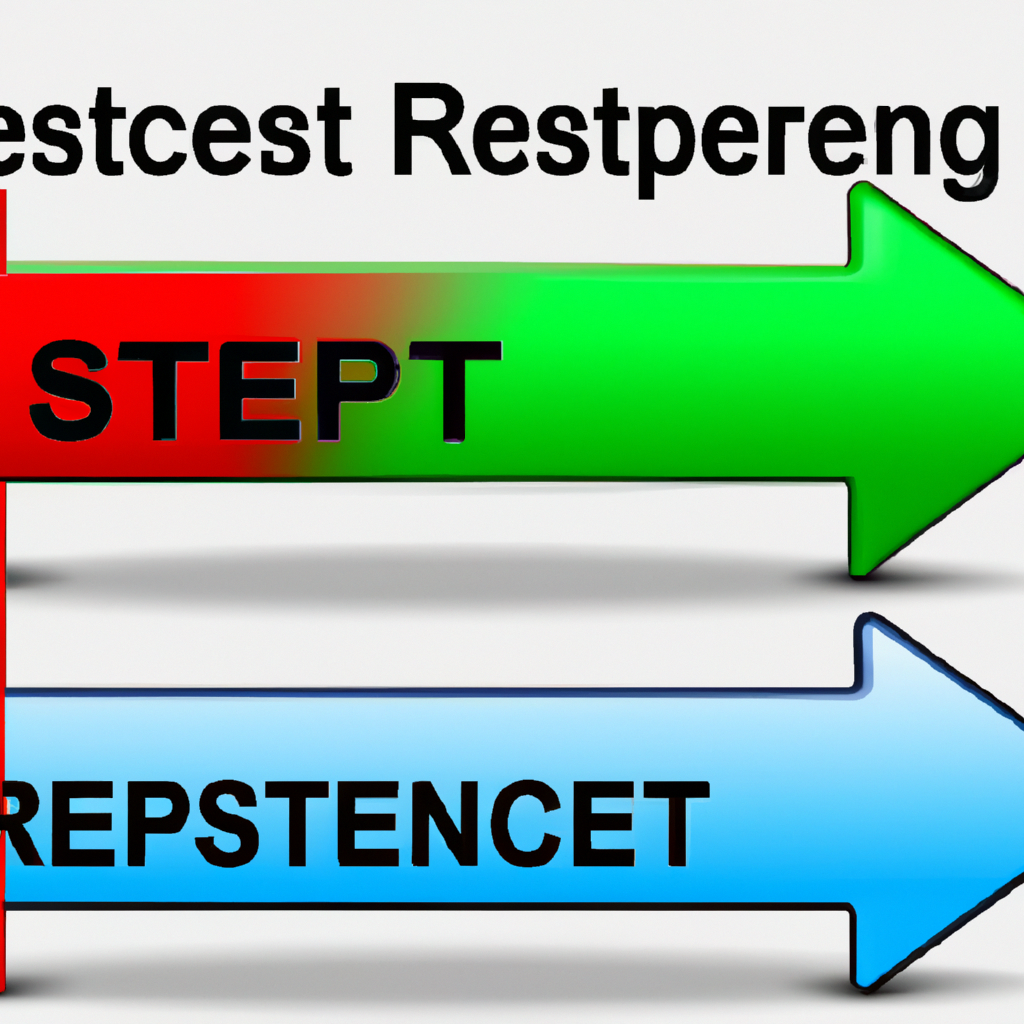Support and Resistance Level Strategies: A Guide to Successful Trading
Introduction
Support and resistance levels are key concepts in technical analysis that can greatly assist traders in making informed decisions. By identifying these levels, traders can gain insights into potential price movements and develop effective trading strategies. In this article, we will delve into the world of support and resistance level strategies and explore how they can be utilized to achieve success in the financial markets.
Understanding Support and Resistance Levels
Support and resistance levels are price levels at which the buying or selling pressure becomes significant enough to cause a temporary halt or reversal in the price of an asset. These levels are determined by analyzing historical price data and identifying areas where the price has repeatedly reversed or stalled.
Identifying Support and Resistance Levels
There are various methods to identify support and resistance levels, including:
1. Historical Price Analysis
By studying past price movements, traders can identify areas where the price has consistently reversed or encountered obstacles. These levels can be considered as potential support or resistance areas.
2. Trendlines
Trendlines are drawn by connecting consecutive highs or lows on a price chart. These lines can act as support or resistance levels, depending on their orientation in relation to the current price movement.
3. Moving Averages
Moving averages, such as the 50-day or 200-day moving average, can act as dynamic support or resistance levels. When the price approaches these moving averages, it often experiences a reaction, providing valuable trading opportunities.
Strategies Utilizing Support and Resistance Levels
Once support and resistance levels have been identified, traders can implement various strategies to capitalize on potential price movements. Here are a few popular strategies:
1. Breakout Strategy
A breakout occurs when the price breaks through a significant support or resistance level. Traders can enter a trade in the direction of the breakout, anticipating a continuation of the price movement. Stop-loss orders are often placed just below the broken level to minimize potential losses.
2. Bounce Strategy
The bounce strategy involves entering trades when the price reaches a support or resistance level and reverses. Traders aim to profit from the price bouncing off these levels by entering trades in the opposite direction. Stop-loss orders are typically placed just beyond the support or resistance level to manage risk.
3. Support and Resistance Zones
Rather than focusing on specific levels, some traders prefer to consider support and resistance zones. These zones encompass a range of prices rather than a single level, allowing for more flexibility in trading decisions. Traders can look for price reactions within these zones and adjust their strategies accordingly.
Risk Management and Conclusion
While support and resistance level strategies can be highly effective, it is crucial to implement proper risk management techniques. This includes setting stop-loss orders, managing position sizes, and diversifying trades. Additionally, it is essential to continuously monitor and adjust strategies as market conditions change.
In conclusion, support and resistance level strategies are valuable tools for traders seeking to navigate the financial markets successfully. By identifying these levels and implementing appropriate strategies, traders can improve their chances of making informed trading decisions and achieving consistent profitability. Remember to practice these strategies on demo accounts before applying them to live trading and always stay updated with market analysis and news to enhance your trading skills.



